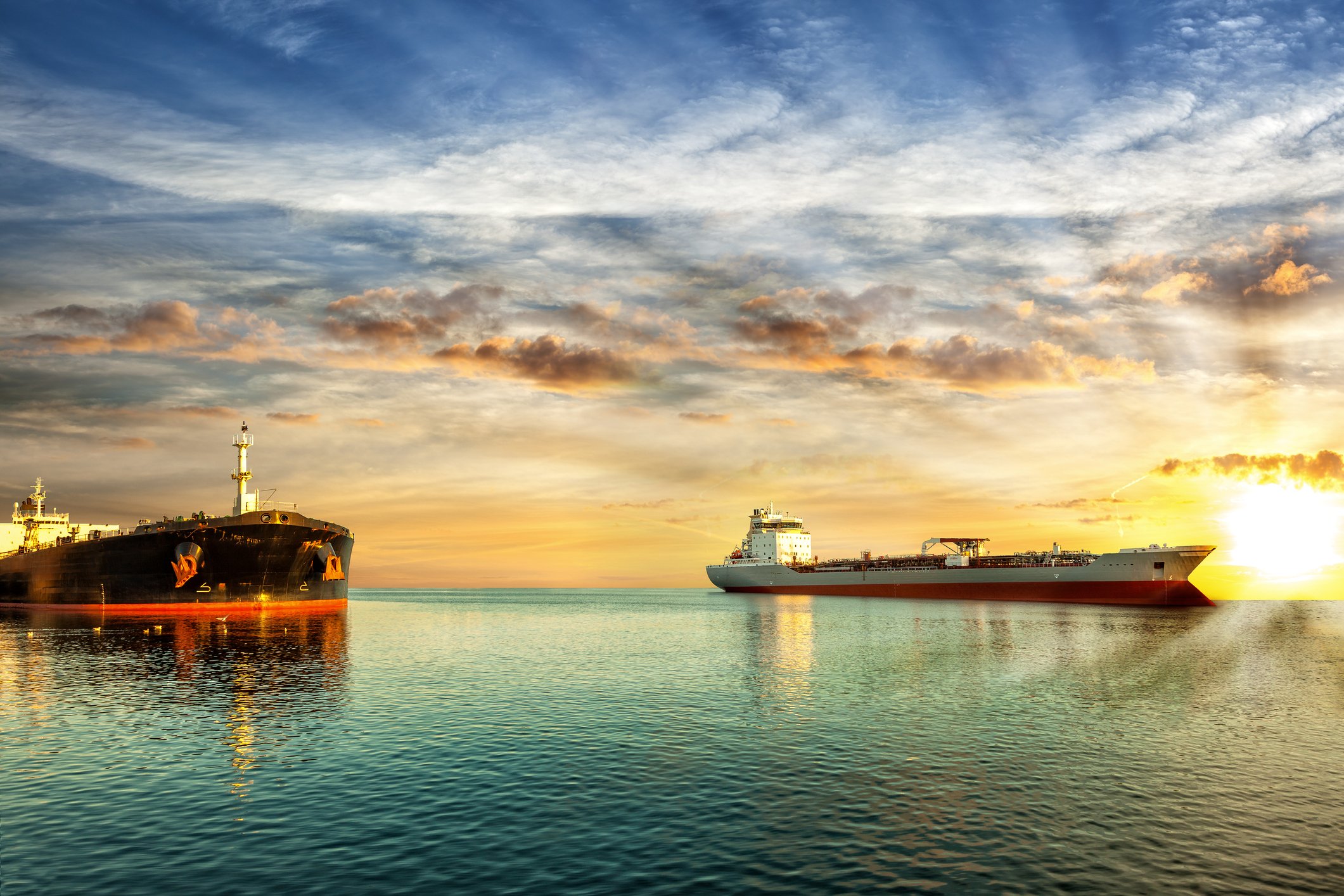Source: Baltic Trading Limited
DryShips (DRYS +0.00%) has been pounding the table calling for a rally in global shipping rates for 2014. The number one reason cited is increased demand for imported iron ore to China. Import shipping has indeed begun to accelerate, yet rates continue to stay in the tank. How could this be? Baltic Trading Limited (NYSE: BALT) has the answer, and it's simpler than you think.
The belated rally
DryShips executives point out that over 70% of the world shipments of iron ore head to the single destination of China. On top of this, according to DryShips, China uses nearly double the amount or iron ore from domestically produced sources as it does from imports. The problem, though, is that the cost of mining in China just happens to be extremely expensive compared to in the countries it imports from.
In the meantime, foreign mining companies have been stepping up their production and are expected to flood the global market with cheap iron ore. DryShips, pointing to the old supply and demand adage, is forecasting that iron ore prices will crash and domestic miners in China will be unable to profitably compete with imports on price. As such, the already robust levels of imported iron ore will have to be increased to make up for the drop in the availability of domestic sources, and this will greatly increase demand -- and rates -- for dry shippers of iron ore.
Make sense? All things being equal, it does make sense. Iron ore prices have indeed been dropping and imports to China have indeed been accelerating the last couple of months. The problem with the "all things being equal" statement is that "all things" rarely do stay equal.
All aboard!
On May 7, Baltic Trading Limited announced its fiscal first-quarter results, noting that there was in fact a surge, just as DryShips expected, in Chinese iron ore imports in the amount of 19%. Additional capacity came online during the season especially in Australia due in part to the "mild wet season" which allowed the country to export more of the commodity.
The main reason that shipping rates didn't rise with increasing imports is simply geography; something that DryShips has failed to account for. As Baltic Trading Limited pointed out in its earnings release and conference call, pop open a world map: The distance from Brazil to China is about twice as far as the distance between Australia and China.
Apostolos Zafolias, an executive with Baltic Trading Limited, pointed during the conference call that Brazil is the second-largest iron ore exporting nation. For the quarter, Brazil's iron ore exports fell off a cliff, down 32% to 71.8 million tons compared to the fourth quarter of 2013's 95 million tons. That's a lot of reduced shipping volume. In order to counter it, Australia would need to ship double the amount of the shortfall. Each single reduction in shipments from Brazil needs two shipments from Australia to make up for it.
Foolish final thoughts
The good news for shippers is that a decreased shipping volume from Brazil was partly seasonal and partly due to temporary problems. The volume of shipments from Brazil was still up over 6% on a year-over-year basis. The pace seems to have picked up since the quarter ended, with a 16.4% increase for the month of April. For Australia, it was an even better month, with a 47% rise in April compared to 35% for the quarter.
Exports from both countries are expected to accelerate. If so, it may only be a matter of time before DryShips sees the truly red-hot market its executives have been anticipating. Stay ahead of the game by paying close attention not only to iron ore prices and import volumes to China, but also specifically the export situation out of Brazil.







